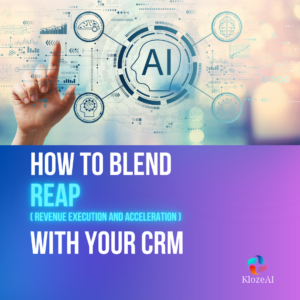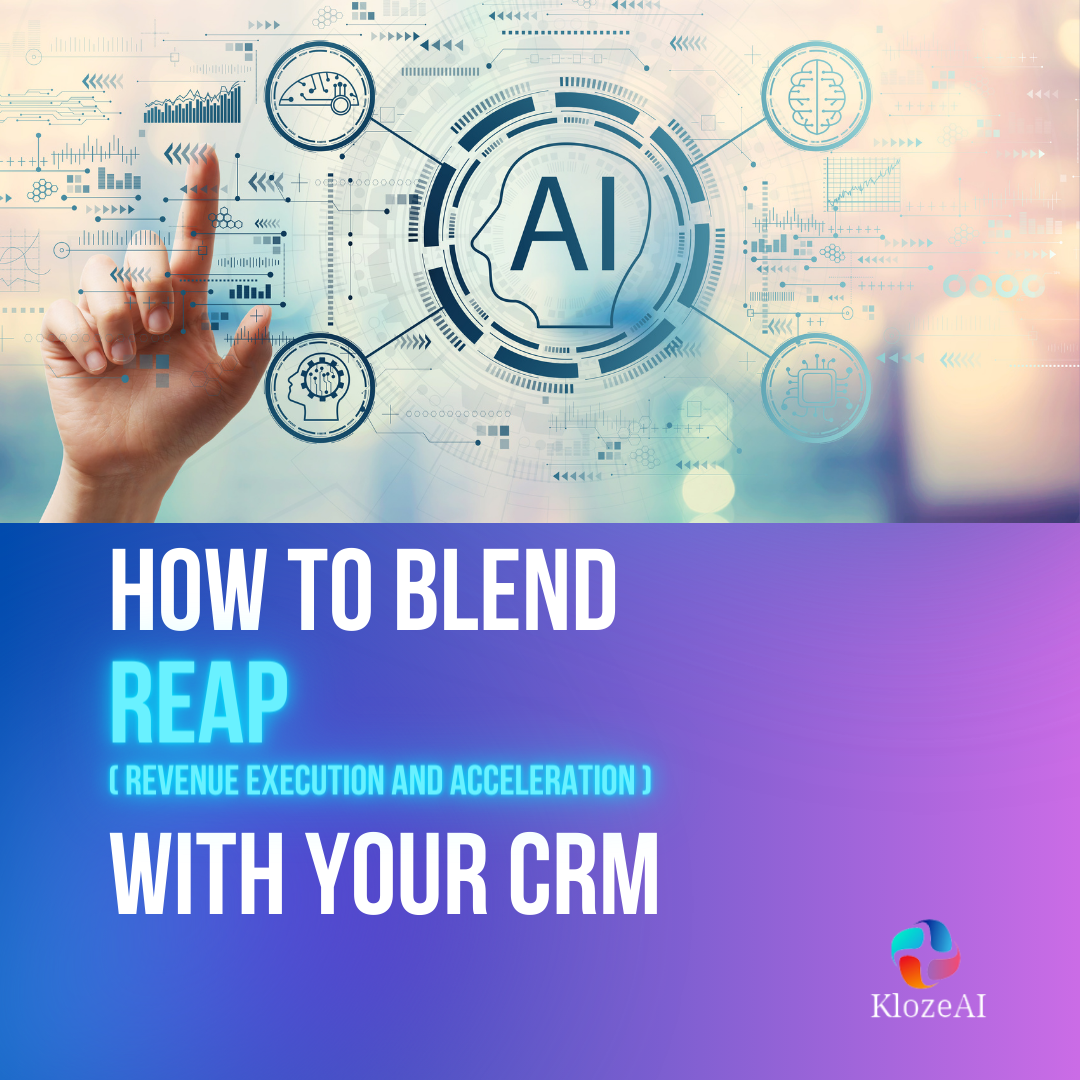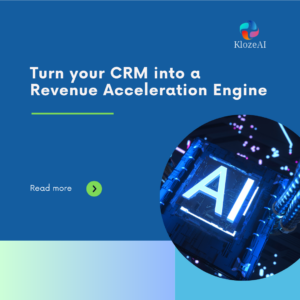
In our previous blog post, we learned about how businesses can harness the full power of their CRM systems by integrating real-time, AI-driven solutions.
But how can one successfully integrate REAP with their existing CRM platform?
Let’s explore the step-by-step process to achieve this seamless integration and harness the full potential of an AI-enhanced CRM.
1. Set Clear Objectives:
List down what you wish to achieve with AI integration. This could include:
Real-time, AI-driven customizable processes
Recommend How to close execution gaps
Improved lead, deal or account scoring
Enhanced customer insights
Using Gen AI for sales outreach
2. Assess Your CRM’s Current Capabilities:
Many CRMs are adding on these capabilities on add-on basis but the “Born in AI” platforms have a native advantage in how they stream, source, process and display insights
Document the features and functionalities of your existing CRM system
Identify gaps in its operations – areas where it’s lacking or could be more efficient
3. Assess your tool and integration budgets
While bigger companies can afford to spend millions of dollars and many months custom tailoring the solution, most of the companies want off the shelf solutions. Also, the CRMs try to bias their offerings to up sell more of their modules while the newer solutions might be more “agnostic.”
4. Choose the Right AI Tool:
Several AI-driven tools and plugins are specifically designed for CRM systems. Based on your objectives:
Research and shortlist tools that align with your needs
Opt for scalable solutions that can grow with your business
5. Seamless Integration:
API Connectivity: Most modern CRM systems and AI tools support API integrations, making the process smoother.
Custom Integrations: If your CRM system is a custom solution, consider hiring a developer or working with the AI tool’s support team to ensure integration without hitches.
Depending on the complexity, this can be as simple as adding a plugin or might involve APIs and custom coding. Ensure you have IT experts on board or hire third-party professionals if needed
6. Continuous Training & Learning:
Machine learning models thrive on data. The more data they analyze, the better they become at predictions and recommendations.
Feed your AI with historical data from your CRM for it to learn from past patterns
Educate your team about the AI functionalities and how they can harness them in their daily tasks
7. Regularly Review & Refine:
Just like any other system:
Monitor the AI’s performance
Gather feedback from your team on its efficiency and usefulness
Based on insights and feedback, refine the AI’s parameters or functionalities for even better results
8. Customer-Centric AI Implementations:
Always keep the customer in mind e.g your sales team. The end goal is to enhance their experience.
Test AI-driven customer interactions. For instance, AI can pinpoint stages in the sales or customer service process where leads or queries get stuck.
Regularly gather customer feedback on AI-enhanced features and iterate based on their preferences and needs.
Potential Challenges and Their Solutions:
Data Privacy: AI requires data, but with the rising concerns about privacy, it’s essential to ensure all data used adheres to global privacy standards. Solution: Regular audits and adhering to regulations like GDPR and CCPA.
Integration Issues: Not all AI tools might integrate seamlessly with your CRM. Solution: Work closely with IT professionals and choose AI solutions that have a proven track record of integrating with your specific CRM platform.
Costs: AI integration can be an investment. Solution: Start small, see the returns, and then scale. The efficiencies and insights AI can provide often justify the initial costs.
The integration of AI-driven solutions with your CRM system can significantly amplify its capabilities. However, it’s not just about the integration but how you use this powerful combination. With a thoughtful approach, regular reviews, and a keen focus on enhancing customer experiences, businesses can truly make the most of this technological synergy.





